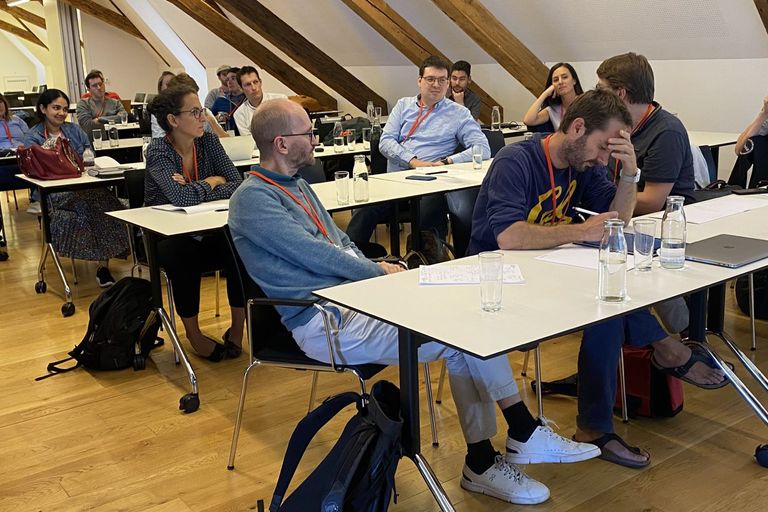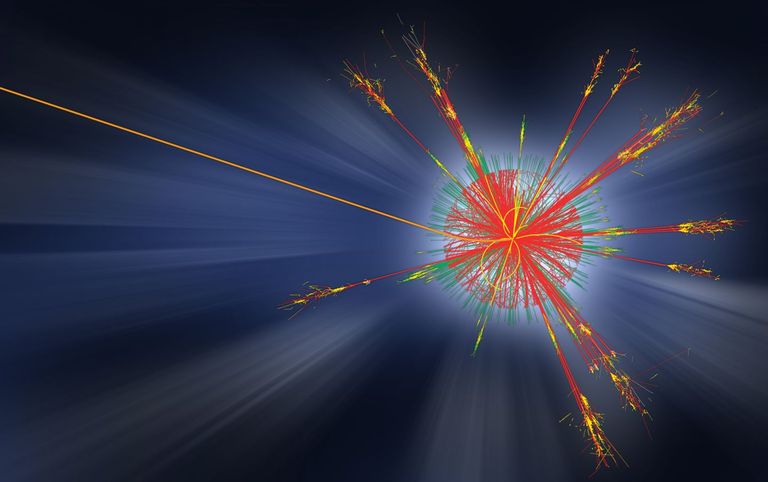Events, News, Publications

Website of the Swiss Physical Society now at SCNAT
The Swiss Physical Society (SpS) has successfully migrated its website to SCNAT. The site now has a new look.
Image: SCNAT
CHIPP prize 2024: When physics comes to life
Congratulations to Gabriela Rodrigues Araujo, this year’s winner of the CHIPP prize for the best thesis in particle physics! Gabriela is a neutrino explorer – exploring those events whose particular feature is a lack of neutrinos. She knows almost everything there is to know about the shy little beasts that cross our paths in abundance without us noticing and she’s set to find out even more. Currently a postdoc at the University of Zurich, she leads the R&D efforts in imaging techniques for PALEOCCENE, a collaboration she helped initiate and advance.
Image: Gabriela Araujo
Mit dem Physikstudium zum eigenen Unternehmen
«Wir helfen anderen Menschen, ihre Ideen zu entwickeln», sagt Miriam Gantert. Die ausgebildete Physikerin ist Mitinhaberin der Berner Firma ‘Superloop Innovation’, die Verwaltungen und Nichtregierungsorganisationen darin berät, ihre Dienstleistungen innovativ und kundengerecht weiterzuentwickeln.
Image: Privat
MAP Young Faculty Meeting 2024
The Young Faculty Meeting 2024 will take place on Friday, 6 September 2024 in Bern's Generationenhaus, right next to Bern's main railway station. The event is dedicated to the topic of managing people/leadership.
Image: SCNAT
3rd Women in Physics Career Symposium
In its 3rd edition the Women in Physics Career Symposium is now fully established as an integral and recurring event of the SPS Annual Meeting.

PDF Workhop in Basel
Always wanted to use the Pair Distribution Fonction? This worshop will teach you all you need to get started.



